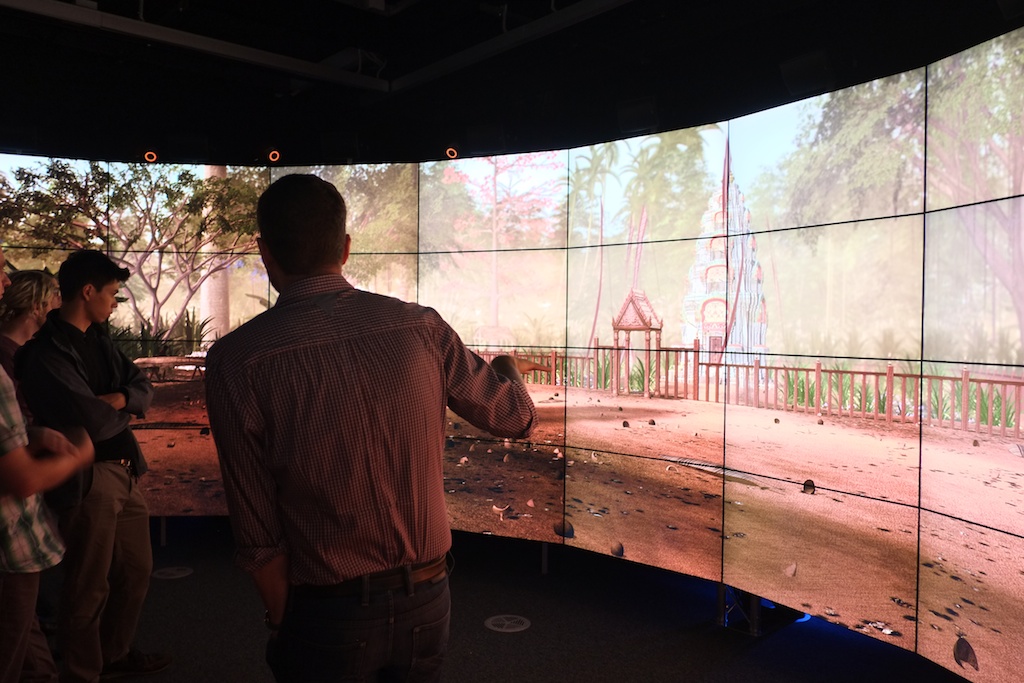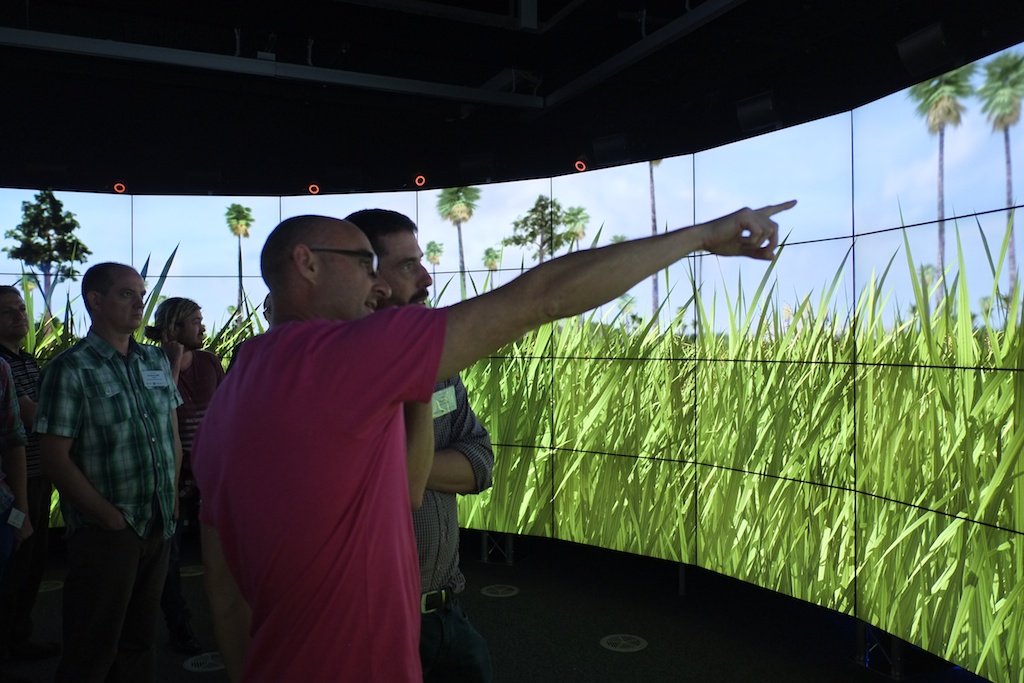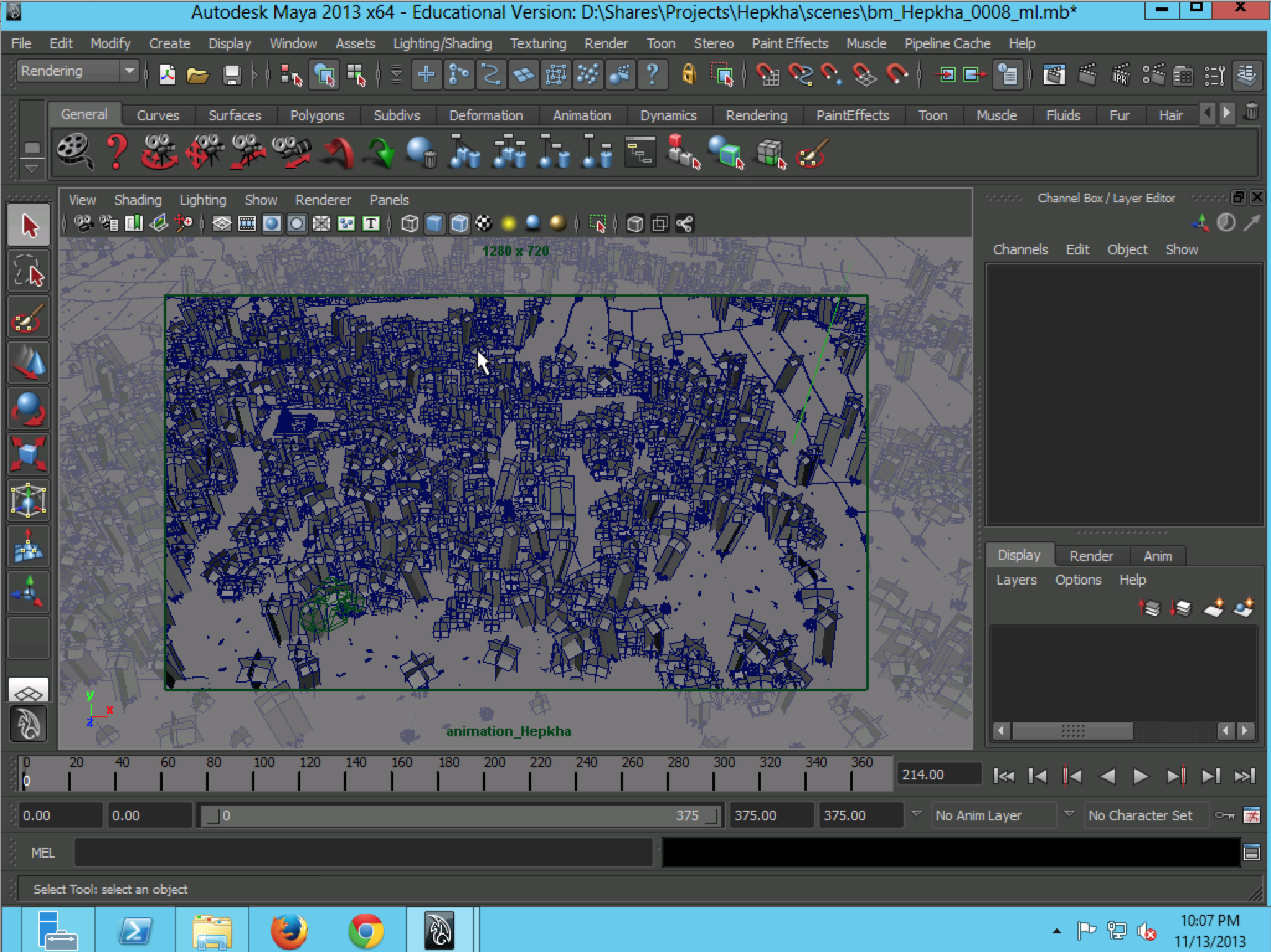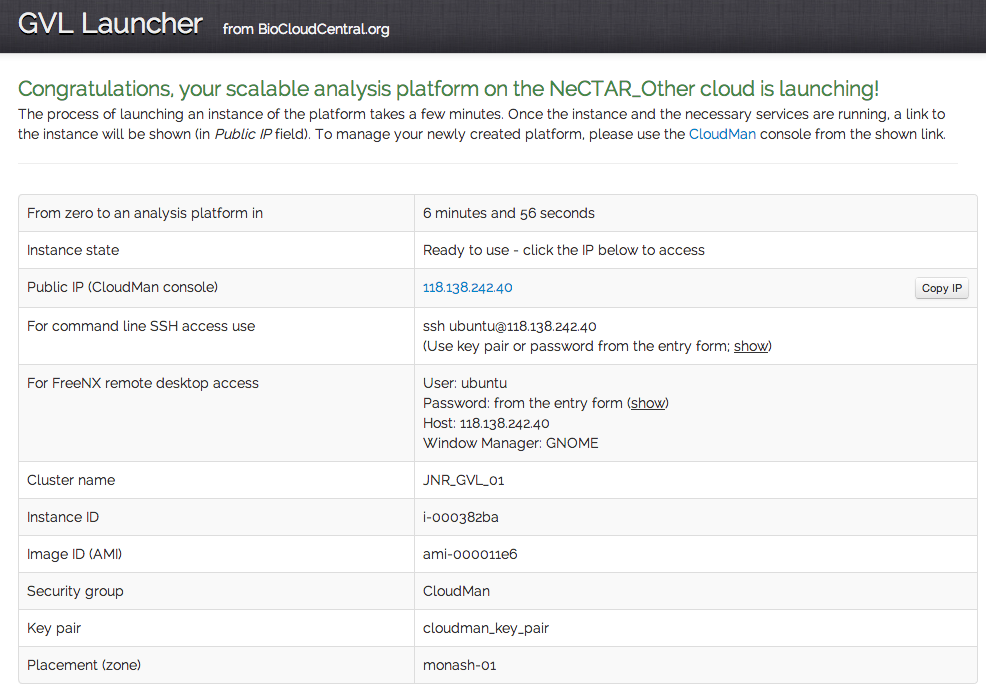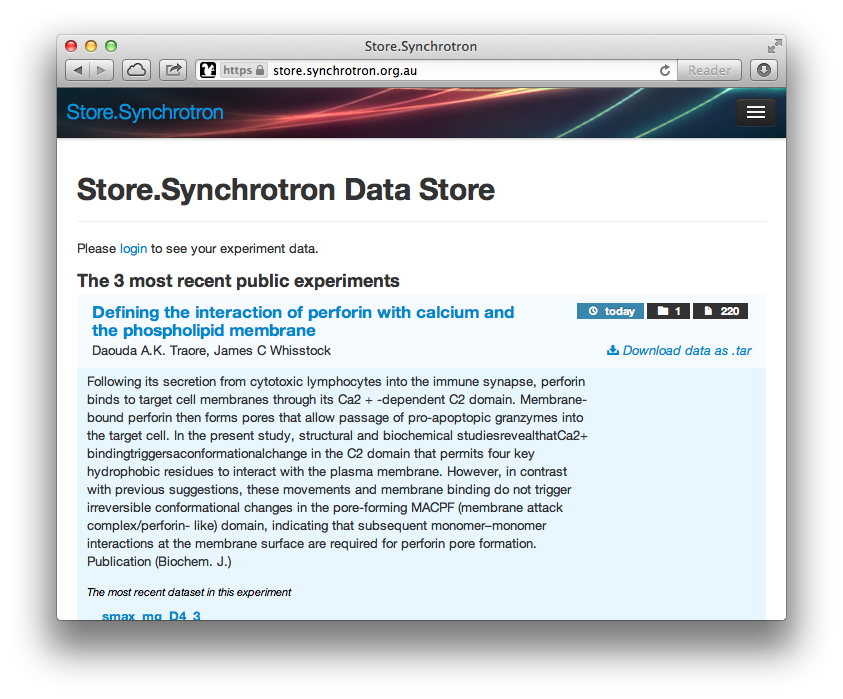A multidisciplinary partnership between Monash eResearch Centre and Bioplatforms Australia has provided a broadly accessible solution to delivering hands-on bioinformatics workshops with seamless access to cloud computing using the new NeCTAR Research Cloud infrastructure.
Running hands-on bioinformatics workshops in Australia has previously been hampered by the lack of specialised bioinformatics training facilities and a paucity of skilled trainers to develop and deliver these courses.
To improve the bioinformatics skills of bench scientist now faced with handling gigabyte size datasets generated by next-generation sequencing technologies, Bioplatforms Australia and CSIRO have been collaborating to advance bioinformatics expertise among Australian ‘omics researchers. Through an international partnership with the EMBL European Bioinformatics Institute in the UK, a cutting-edge three-day Australian hands-on NGS workshop has been created. This course introduces bench scientists to quality control of NGS data, alignment, ChIPSeq, RNASeq and de novo assembly workflows and software.
Professor Paul Bonnington, Director of the Monash eResearch Centre and the R@CMon team contributed to this training initiative through the development of a cloud computing-based NGS bioinformatics training platform based on the open source bioinformatics software package CloudBioLinux. The platform allows sharing of data, tools and applications and enables trainers anywhere in the world to readily work together to develop and test new workshop material.
The Bioplatforms Australia Next Generation Sequencing workshop platform enables compute-intensive NGS training courses to be easily delivered and accessed widely around Australia and requires very little local IT expertise or need for high end computational hardware. The first hands-on workshops using the NGS workshop platforms were held in July 2012 at Monash University in Melbourne and at University of New South Wales in Sydney. To date 10 workshops have been delivered around Australia in Melbourne, Sydney, Brisbane, Adelaide, Perth and Canberra to 345 trainees.
The team of trainers from Bioplatforms Australia and CSIRO in collaboration with EBI-EMBL and Monash eResearch Centre are currently developing a metagenomics 2-day workshop using a bespoke metagenomics image built by R@CMon. This course will be run at University of New South Wales in Sydney on the 6-7 February 2014 and at Monash University on the 10-11th February 2014.
Monash University is one of the nodes of NeCTAR‚ a research cloud platform, a landmark investment that will extend the advantages of high-performance computing and high capacity networks to Australian researchers. This exciting initiative provides on-line access to scalable computational power and data storage allowing a new realm of data sharing and collaboration.
The Bioplatforms Australia Next Generation Sequencing workshop platform is now freely accessible on the NeCTAR research cloud and provides access to hundreds of bioinformatics software packages.
Further information on the Bioplatforms Australia Next Generation Sequencing workshop platform is available from Catherine Shang, Bioplatforms Australia at cshang@bioplatforms.com. Contact Prof. Paul Bonnington, MeRC Director for further details and assistance on e-research solutions.
